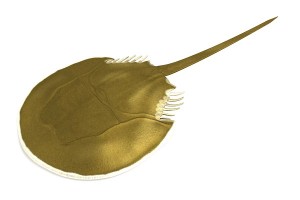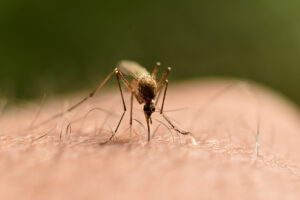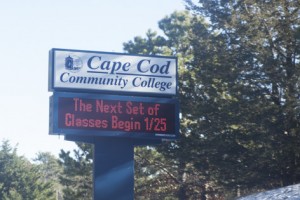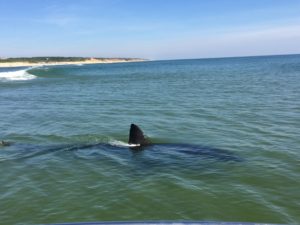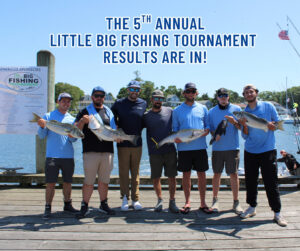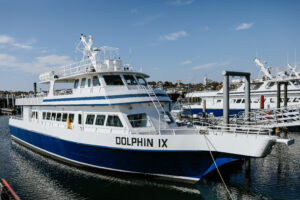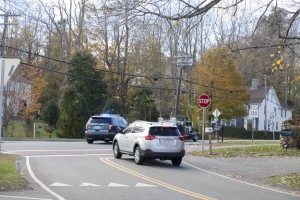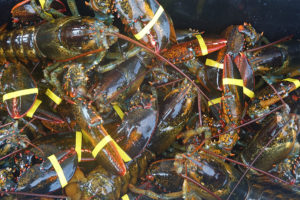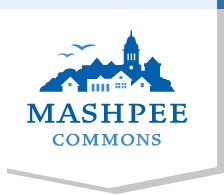WELLFLEET – Shellfishermen in Wellfleet have noticed there are fewer and fewer horseshoe crabs and scientists are researching to figure out why.
The crabs are critical to the ecosystem in Wellfleet Harbor because they eat the worms that can impact shellfish. Their movements also serves to roto-tilling up the bottom of the bay, which also helps the ecosystem.
Horseshoe crabs are harvested in Cape Cod Bay as conch bait. But scientists want to know if the declining population means that harvesting should be better regulated.
Mark Faherty of Massachusetts Audubon’s Wellfleet Bay Wildlife Sanctuary said a new study will focus on the horseshoe crab’s population and also their traveling habits. What they find out will help determine whether the harvesting of the crabs for conch bait should be regulated just in Wellfleet Harbor or throughout Cape Cod Bay.
“There are a lot of questions about horseshoe crabs, particularly here in Wellfleet where we’ve noticed the population is just very low. It’s pretty widely acknowledged that the population of horseshoe crabs is low in the state. This has been acknowledged by the state Division of Marine Fisheries,” Faherty said.
The two-year study just received a $50,000 grant through the Massachusetts Environmental Trust, which receives its funding through the Cape Cod license plate fund.
As part of the study, horseshoe crabs in Wellfleet Bay will be fitted with sonic transmitters and put receiver buoys around the harbor that will tell scientists whether they move around the bay or just stay in Wellfleet Harbor.




